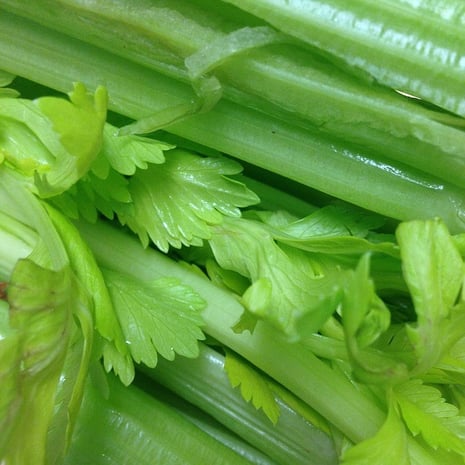Although waterjet cutting is just now gaining traction in fresh-cut produce facilities, the technology has been around for decades, and it’s making a real difference.
Facilities that use knife blades, for example, must contend with their upkeep: changing out blades, sharpening dull blades and decontaminating their surfaces. With waterjet cutting, the maintenance overhead is much lower. Plus, with some types of produce, this method can create a cleaner, safer product that lasts longer.
A Cleaner Cut
Waterjet cutting doesn’t just facilitate greater efficiency for the producer, it can also create a safer, better product. Recent research from the University of California, Davis presented at the 2014 United Fresh convention in Chicago, investigated how stainless steel knives compared to waterjets for the purposes of cutting romaine lettuce. The study found that when processors physically cut the surface of the plant, defects developed, such as whitening dehydration and red discoloration. These defects were not nearly as prevalent when the product was cut with a waterjet.
Other notes and advantages of waterjet cutting include:
- The process is approved by the U.S. Food & Drug Administration.
- Waterjet cutting tools don’t need to be cleaned or sharpened.
- No heat or chemicals are necessary, only clean, sanitized water.
- The process yields minimal waste, eliminating airborne contaminants and other fumes.
- Many systems feature omnidirectional cutting and minimal tolerances, which amount to more precise portion control.
- Cutting nozzles don’t have to move, relying on a conveyor to pull the produce through the jet.

What Are Your Options?
If you think waterjet cutting might be worth considering at your fresh-cut packaging facility, here are some factors to consider:
Product Compatibility: At present, waterjet cutting is effective on only certain types of produce. Research shows that waterjet cutting is most effective on celery, although the UC Davis study showed promising results for romaine lettuce. It can also be used for tipping green beans, cutting asparagus, chunking melons, capping strawberries and trimming green onions. Waterjet cutting does not work for most fruits and citrus, because the water can cause browning to the flesh of the fruit or damage its pulp.
Know Your Nozzles: Not all waterjet nozzles are created equal. Standard, or “fuzzy,” nozzles are typically used outside the food industry, and food-grade “sharp” nozzles are used within the food industry. The UC Davis study found after 18 days the sharp nozzle produced the least discoloration in romaine lettuce, less than any type of knife or the “fuzzy” nozzle.
Of course, there is one last important note: Although waterjet cutting eliminates the need to sanitize, replace and sharpen knives, those tools are being replaced with streams of water which also need to be sanitized. So, be sure to sanitize all wash water and cutting water prior to use to ensure a product that’s as safe, clean and as delicious as possible. Further, sanitizing water for any produce processing purpose doesn't have to be a burden. With a tablet-based calcium hypochlorite feed system facilities can ensure a safe and delicious product with ease, precision, and minimal maintenance compared to other methods. And when efficiency and quality are addressed simultaneously, a larger slice of the market is inevitable.
The Accu-Tab® Calcium Hypochlorite Feed System is a low-cost, affordable and convenient tablet-based calcium hypochlorite solution for sanitizing produce and wash water. Click here to see how our system compares to other chlorination systems on the market! To reach an Accu-Tab representative, click here or call us today at 800-245-2974.


